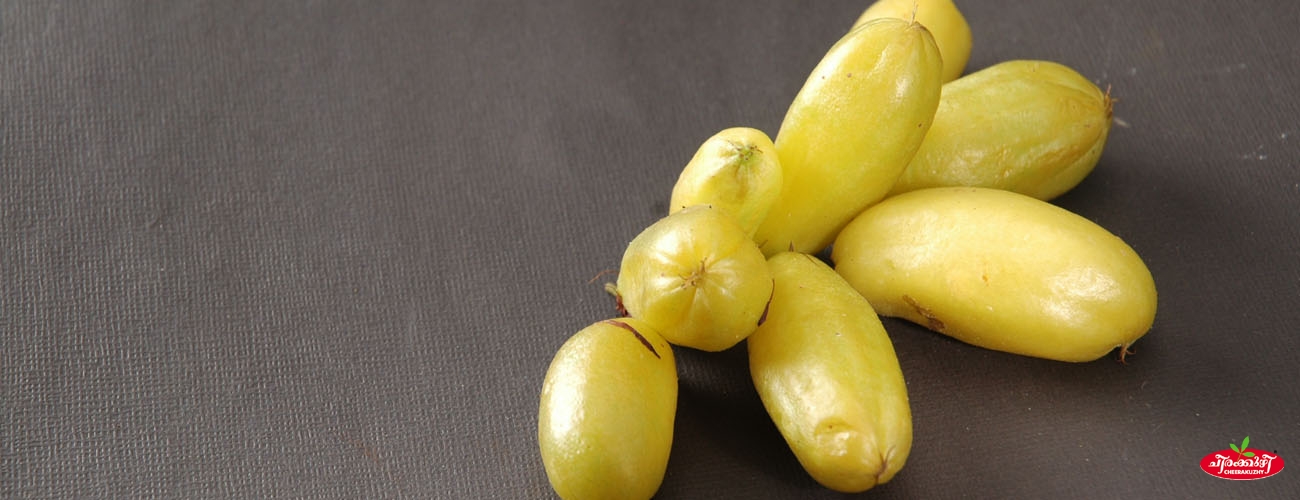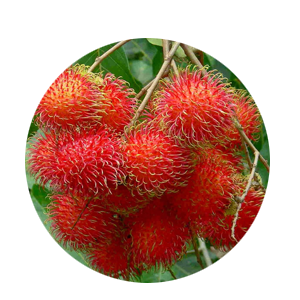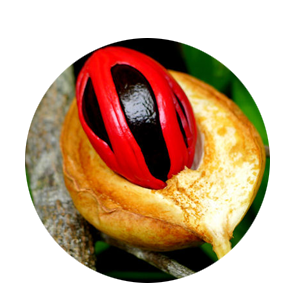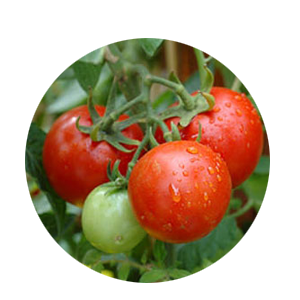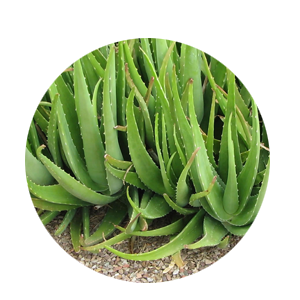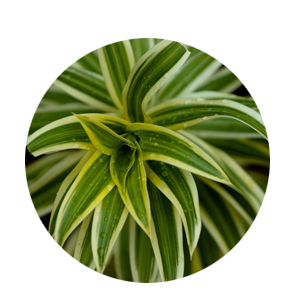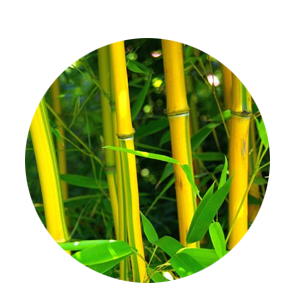Bilumbi Green - Seedlings (5x7 bag)

Item Description
GENERAL INFORMATION ABOUT BILIMBI commonly known as bilimbi, cucumber tree, or tree sorrel[ (Averrhoa bilimbi) is a fruit-bearing tree of the genus Averrhoa, family Oxalidaceae.. The trunk and branches of tree has to be exposed to sunlight for fruits to form (traditional knowledge), which is achieved by removing leaves except from branch end. It grows well intropical region to the height of 4 to 8 meters. The leaves are pinnately compound and slightly hairy leaflets ranging from 10-35. Flowers are reddish purple in colour, found on the trunk (cauline) and branches in clusters. The fruits are oblong, fleshy, looking like a tender cucumber that’s why it is called as Cucumber tree. The fruits are yellow when they ripe and have very juicy and sour in taste.The thin outer glossy skin surrounds the tender green flesh of the acidic, juicy, jelly-like fruit. In India, it is used for making pickles and to make fish curry, especially with Sardines, while around Karnataka, Maharashtra and Goa the fruit is commonly eaten raw with salt and spice. It can making chutney and it also is made into a rather sweet jam. HEALTH BENEFITS OF BILIMBI The leaves are made into paste and applied externally for skin itches and scabies. The leaf paste is applied for pimples and rheumatism. The ripened fruit is mainly used in the culinary preparations of both vegetarian and non-vegetarian dishes as an alternative to tamarind in order to reduce obesity. The raw fruits were made into pickles without any additives. The ripened fruit is taken in for proper dental, gums and bone growth. The fruit juice is taken to reduce the body heat and also to strengthen the stomach. The fruit juice is used to treat mouth disease and sore throat. The fruit juice is taken in to cure fungal diseases and also cure hemorrhage of stomach and bowls. The fruit juice with honey is taken in to increase the vital activity and to remove infertility in both sexes. The fruit juice is recommended for characterized Bilimbi Juice is used medicinally throughout Asia. The fruit juice has a high concentration of oxalic acid which is useful for cleaning and bleaching. Infused leaf of bilimbi can be used for cough while leaf decoction can give soothe to rectal inflammation. The leaves of bilimbi tree are also used as a treatment relief for skin itches, swellings of mumps and rheumatism. It can also be a good alternative remedy for insect and animal bites. The leaves are applied as poultice on itches, swellings of mumps and rheumatism, and on skin problems. The juice is effective as eye drops (regarded as a magic curative). Its antibacterial and properties cause many in Asia to use the juice like soap or cleansing agent. • The leaves of bilimbi are used as a treatment for venereal disease. • The leaf decoction is taken as a medicine to relieve from rectal inflammation. • The fruit seems to be effective against coughs and thrush. • It fights against cholestrol and is used as a tonic and laxative. • The fruit is also known to control internal bleeding in the stomach. • The leaves serve as a paste on itches, swelling, mumps or skin eruptions. • Syrup made from Bilimbi is a cure for fever and inflammation. • It is also used to stop rectal bleeding and alleviate internal hemorrhoids. Some helth benefits 1. Control Hypertension 2. Control Diabetes 3. Reduce Fever and Flu 4. Cough Syrup 5. Topical Analgesic – Antibiotic Effect 6. Treatment of Mumps 7. Treatment of Allergies 8. Treatment of Inflamed Hemorrhoids 9. Treatment of STD 10. Tonic after Childbirth 11. Reduce Pimples and Brighten Skin 12. Treatment of Obesity 13. Making Furniture 14. Ornamental Plant 15. Cleaning and Bleaching
Maintanance, Disease Management And Yielding
MAINTANACE OF THE PLANTATION Once a plantation has been established, the work should not be considered finished. It will be necessary, for example, to protect the plantation against weather, fire, insects and fungi, and animals. A variety of cultural treatments also may be required to meet the purpose of the plantation. FERTILIZING It is recommended that you fertilize at the same time as you water using a time released fertilizer 8-3-9 or similar to help your Bilimbi Trees grow and produce a substantial crop. These trees are moderate feeders and may require multiple feeding during the growing season. It is important to follow the fertilizers labeled instructions as to not burn or kill the tree. WATERING AND WEED CONTROL Young bilimbi trees should be watered regularly until fully established. In dry western climates, water mature trees deeply at least every one or two weeks. Desert gardeners may have to water more frequently. Mulch the soil around the trees to conserve moisture. Weeding is also very important. Remove all weeds 1.5 meter around the plant. PEST & DISEASE FOR BILIMBI Every fruit tree has the future potential for disease and insect damage. Factors such as location and weather will play a part in which issues your tree encounters. If available, disease-resistant trees are the best option for easy care; and for all trees, proper maintenance (such as watering, fertilizing, pruning, spraying, weeding, and fall cleanup) can help keep most insects and diseases at bay. A bright and sunny solarium or window location with a more southern exposure is best for growth and fruit production. Many customers have reported harvesting fruit from trees that live in home and patio environments. water – When watering Averrhoa Bilimbi Trees make sure to lightly soak the soil and then do not water again until the top 2 inches are dry. Depending on light conditions, location and foliage watering may be required weekly or daily. Be sure to not over water, mucky soil will almost always cause decay and ultimately kill the tree PRUNING AND SHAPE OF BILIMBI During the first 1 to 2 years after planting, young trees should be pruned by tipping shoots in excess of 2 to 3 ft to increase branching. If desired, trees may be trained to a modified central leader or open center configuration. Mature trees may be selectively pruned to maintain trees at 6 to 12 ft (1.8 to 3.6 m) in height. Selectively removing a few upper limbs back to their origins (crotches) each year will help prevent the loss of the lower tree canopy due to shading by the upper canopy. Do not remove lower tree branches. HARVESTING The bilimbi tree begins to flower about February and then blooms and fruits more or less continuously until December. The fruits are picked by hand, singly or in clusters. They need gentle handling because of the thin skin. They cannot be kept on hand for more than a few days. In India as in Florida, the tree begins to flower about February and then blooms and fruits more or less continuously until December. The fruits are picked by hand, singly or in clusters. They need gentle handling because of the thin skin. They cannot be kept on hand for more than a few days.
- Propogation Method : Seeds & Bulbs
- Plant Climate : Sub Tropical, Normal, Hot, Cool, Tropical
- Plant Height : 1-2 feet
- Plant Weight : 1 Kg
- Plant Polybagsize : 5x7
Related Images
- Botanical Name : Averrhoa Bilimbi
- Malayalam Name : ilumbi
- English Name : Bilumbi
BILUMBI SOUR IN GREEN
Planting Instructions
PLANT THE RIGHT TREE AT RIGHT PLACE Growing space both above and below ground should be considered when selecting a tree to plant. Too often allowances are not made for the increased size of the tree when it matures. Most problems can be avoided by selecting the proper tree species for the available planting space. GENERAL TIPS 1. Plant at least 3 meter from main overhead utility wires on street or to your home. 2. Plant at least 3 meter from a building. 3. Plant at least 1 meter from sidewalks, driveways, patios and fences. 4. Plant at least 6 meter from other large trees. 5. Plant at least 3 meter from small trees. 6. Prioritize your tree planting with the sun’s direction to maximize shade by planting on the southwestern and western sides of your home BASIC PARAMETERS TO PLANT A BILIMBI 1.Soil : A well draining soil is of primary importance as Bilimbi Trees roots do not like to be wet and will rot if allowed to sit in water for extended periods. A mixture of soil, sand and perlite is highly recommended for proper drainage. 2.Planting Distance : For Commercial Plantation :- The recommended spacing is 8 x 8m, accommodating 156 plants per hectare. For Home Garden:-In a home garden generally we are planting one or two bilimbi fruit along with other species of fruit plants. So it is better to keep minimum 3 meter distance from other plants to plant a bilimbi 3. Pit size : Minimum 60cm width X 60cm Breadth X 60cm depth 4. Sunlight : 100% sunlight is best but can grow up to 50 % shade 5. Watering: During dry weather, initially water the plant once in two days and after one month of planting water every 7 to 10 days during the first year. TEN TIPS FOR PLANTING A BILIMBI 1. Dig a hole/pit 3 to 4 times wider than the container (Normally 60cm X 60cm X 60cm is recommended). Fill the pit with top fertile soil to allow for proper root growth. Avoid clay type soil to refill the pit. 2. Add 250 gm Rock Phosphate or Born Meal and 3 to 5 kg Cow dung or compost in the top soil of the pit and mix it thoroughly (Thorough mixing of manure with soil is very important because direct contact of manure with the roots of the plant will cause the damage of roots and plant). 3. Make a small hole in the pit and carefully remove the plant from the container/pot or poly bag keeping the soil around the roots intact. Don‘t yank the plant out of the pot or poly bag as this can separate the roots from the tree. Poly bags can be easily removed by cutting it by a knife and pots can be removed easily by hitting slightly at the top edge of the pot. 4. Set the plant in the middle of the hole. Avoid planting the tree too deep. Keep the base of the trunk is slightly above ground level. Using some soil, secure the tree in a straight position, then fill and firmly pack the hole with the original soil, making sure there aren‘t any air pockets. 5. If the plant is Grafted or Budded make sure the grafted or budded portion of the plant is above the soil. Do not allow to touch the grafted or budded portion in the soil as it burns the skin of the plant. 6. Create a water-holding basin around the pit and give the plant a good watering. After the water has soaked in, spread protective mulch 2–4 inches deep in a 3-foot diameter area around the base of the tree, but not touching the trunk. Also provide a stich as a support for the plant, if needed. 7. The soil and mulch around your plant should be kept moist but not soggy. During dry weather, initially water the plant once in two days and after one month of planting water every 7 to 10 days during the first year. 8. Remove any tags and labels from the tree as these will affect the tree as it grows. You may need to prune any broken or dead branches. For Budded or Grafted plants it is very important that do not allow the growth of off shoots under the grafted/budded portion. Allow the growth of budded/grafted scions only. 9. Do not use chemical fertilizer or any other chemicals on your newly planted trees. Such products will kill your young trees. If needed you can add chemical fertilizers in small quantity (generally below 100gm) after two to three months of planting with sufficient irrigation. 10. Do not over water or allow rain water so much that you see standing water in the pit area of the plant. It will damage the plants roots and results the die of your plant.
